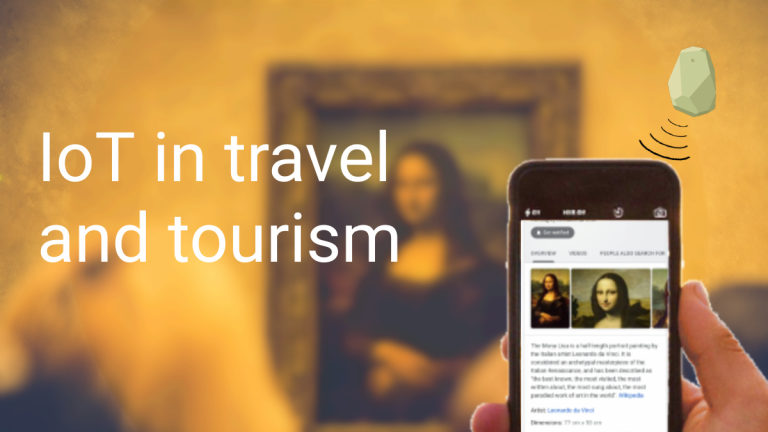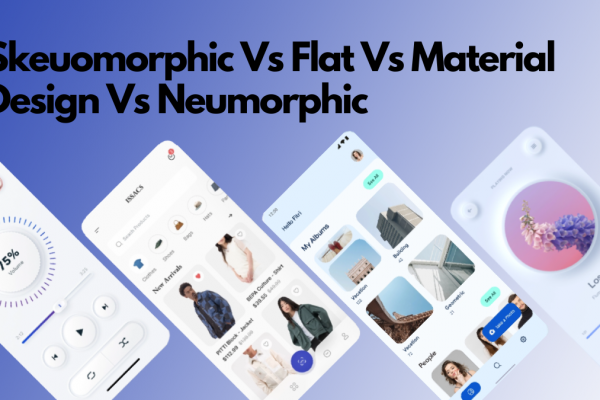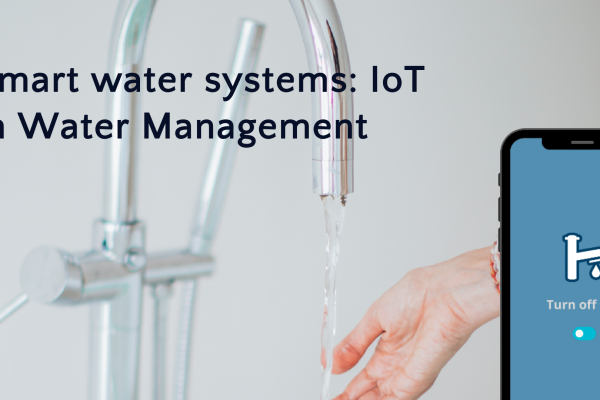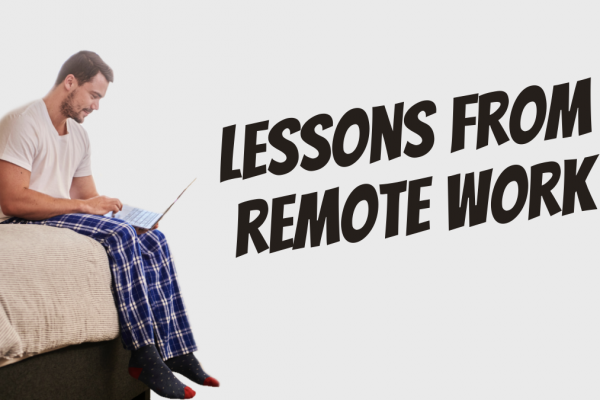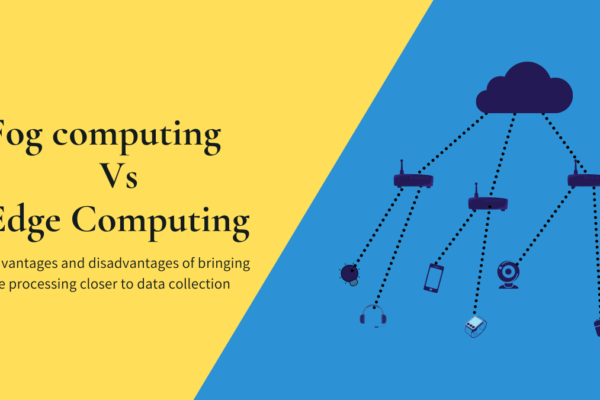IoT or Internet of Things has a lot of potential in the travel and tourism industries. With the internet of things, all the stakeholders in the industry, be it travellers, or transportation providers, or the people in the hospitality sector will be benefited.
The main reason for implementing IoT in any industry, the main reason why IoT is gaining popularity is that, when you simply connect devices, the entire process becomes more fluid and more resource-efficient. Think about why Amazon is trying to create cashier-less stores. Having cashiers, the way it is right now is simply not efficient. There’s always a bottle-neck at the checkout where there are way more customers than cashiers. In short, there’s a lot of room for improvement.
If there was a technology to track everything that a customer drops into their shopping cart, and a way to deduct the payment from them, everything will be a lot more smooth. And this is what the internet of things does. And IoT can do the same thing for tourism. Let’s see how.
IoT in transportation
We’re living in an era where road transport is being completely transformed by IoT and connected vehicles. But this is not the only form of transportation. There’s air travel, travel by trains, and travel by ships.
Air travel, or rather the aeroplanes were highly connected even before IoT became popular. They were fitted with sensors, actuators, and computers to control them. The sensors took in data from every nook and corner of the aircraft. A computer flies the aircraft almost all the time using this data(albeit under the supervision of a pilot).
This approach helped reduce accidents to a large degree and made the job of pilots simpler. These days very few planes require a flight engineer. The entire job handled by computers and the two pilots.
A similar approach can be made for rail transport with current technology. In fact, when it comes to railways the entire infrastructure that can be transformed. With sensors, we can automate many daily activities involved in rail transport, and avoid delays and make the trains run on time using big data analytics.
IoT systems can predict if and when any of the components of the infrastructure is going to fail. Avoid failures – avoid delays – provide a better passenger experience. And many existing technologies, such as using NFC enabled smartwatches and phones in lieu of tickets currently deployed in many subway systems, can be adapted to rail transport.
Internet of Things in Hospitality
As with IoT in cashier-less stores, IoT can give guests a fluid experience in hotels and resorts. For example, the keycard used to enter rooms can be made smart. With NFC, instead of carrying a wallet or phones, the keycard can be used for making payments in a hotel.
This will also make it easier for management to optimise their energy usage. Lights and air conditioning in an unused floor or area can be shut down and turned on again when occupied.
IoT systems can also help the hospital staff complete their tasks more efficiently. For example, sensors can notify the staff when a tray or trolley used for room-service can be taken away. Or if a room needs cleaning.
When on a vacation, guests want a completely smooth fluid experience, they expect their needs to be anticipated, and IoT can make this possible. IoT can give individual customers a complete chauffeur driven experience throughout their vacation.
Smart cities for a better tourist experience.
A connected city gives that fluid experience to tourists while travelling all over the city. Cities across the world have experimented with QR codes on the pavements in and around tourist attractions. The tourists can scan the QR codes to get information on where they are, or about the landmark. Technologies like NFCs or Beacon technology can make historical landmarks interactive.
A couple of years ago, a photo of kids went viral. They were on a trip from school to a museum and appeared to be glued to their smartphones while ignoring a Rembrandt in the background. In reality, the kids were listening to experts talk about the painting a few minutes earlier. They were then completing an assignment using an app from the museum which had more information about the artworks.
The incident is a reflection of the internet and smartphones have changed the way in which tourists interact with landmarks. Instead of guided museum tours, we have Google lens. With AR and VR, using apps like Google Arts and Culture, you can now view artworks and monuments while lying on your couch.
We can expect a similar change with IoT. Now we get 3D glasses while going to a theatre. In the future, we may get an AR glass while walking into a museum. No more smudged up boards showing bits of info about an artefact. An AI guide may pass on the information to every individual and answer our questions. (I got that idea from Winston in Dan Brown’s Origin).
What we can do for tourism with the internet of things will only be limited by our imagination. The technology is there, and the possibilities are endless.
